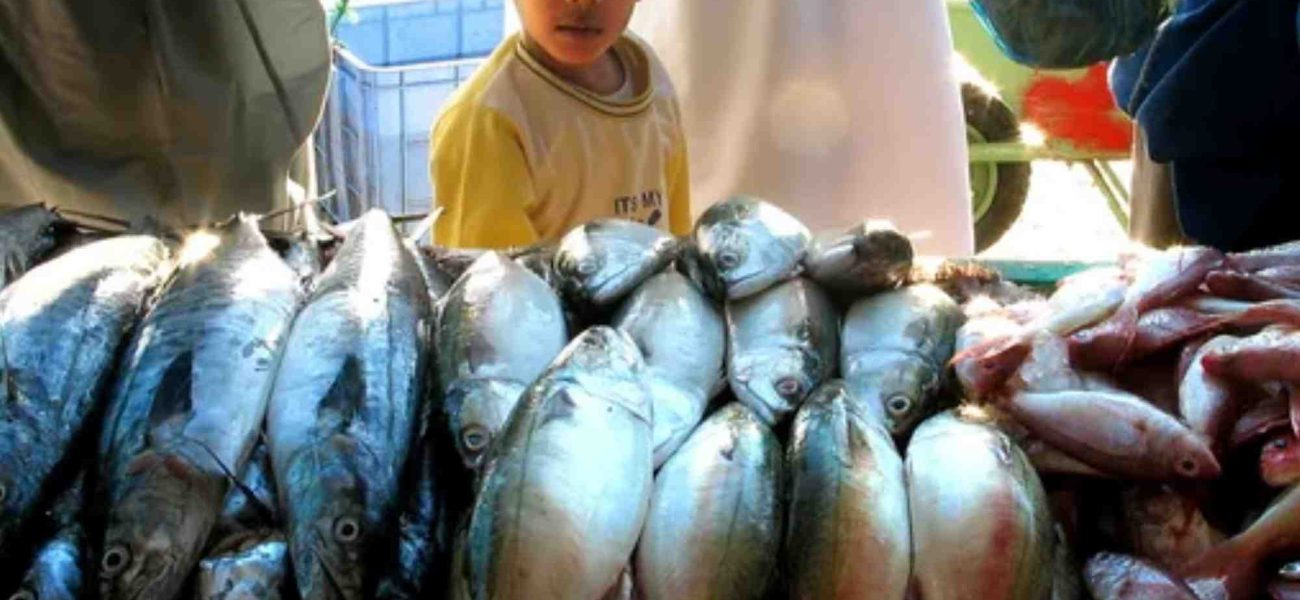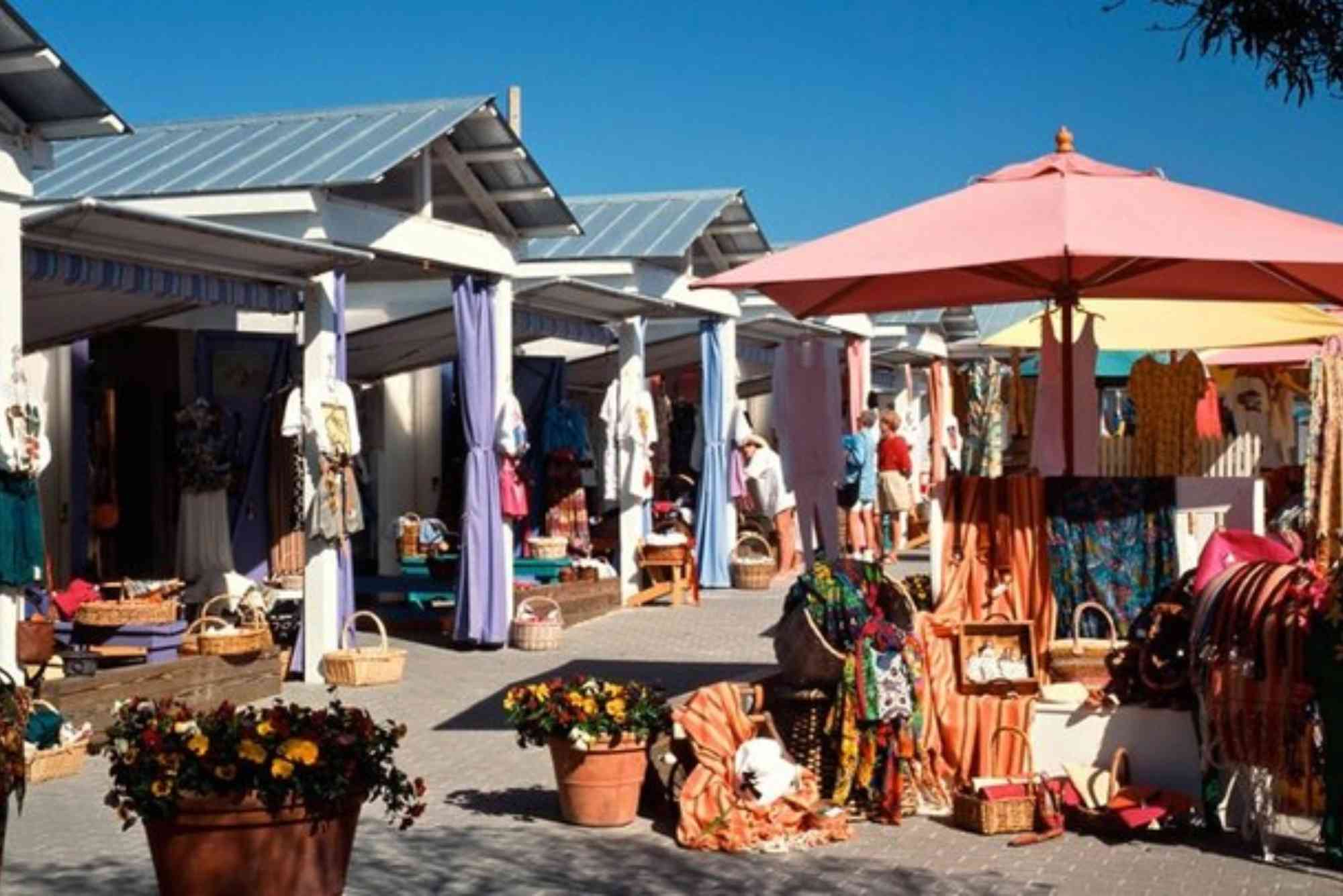The United Arab Emirates has long relied on seafood as a cornerstone of its cultural identity and food security strategy. Among the most prized varieties is hamour fish, a delicacy not only appreciated for its flavor but also recognized for its nutritional and economic significance. With growing awareness of sustainability, health benefits, and smart aquaculture practices, exploring the hamour fish benefits in detail offers a window into how the UAE is blending tradition with innovation.
Nutritional Value of Hamour Fish
Quick Answer: Hamour fish is rich in lean protein, omega-3 fatty acids, and essential vitamins, making it a powerhouse for health-conscious diets.
Hamour fish (Epinephelus coioides), commonly known as grouper, has been a staple in Emirati households and fine dining. Its nutritional profile includes:
-
High protein content that supports muscle development.
-
Omega-3 fatty acids that improve cardiovascular health.
-
Vitamins B6 and B12, essential for nerve function.
-
Low saturated fat, ideal for balanced diets.
Nutritionists across the UAE recommend hamour as part of a weekly diet plan due to its balance of health benefits and regional availability.
Economic Role of Hamour in UAE’s Seafood Sector
Quick Answer: The hamour contributes significantly to the UAE’s local seafood economy through retail, exports, and aquaculture.
According to UAE Ministry of Climate Change and Environment (MOCCAE) data, hamour fish sales account for a substantial share of local fish markets. Major hubs like Dubai Fish Market and Sharjah’s Souq Al Jubail see hamour as a top seller.
Economic benefits include:
-
Job creation for fishermen and aquaculture specialists.
-
Export opportunities to GCC neighbors.
-
Strengthening of the UAE’s food security framework.
Government programs under the National Food Security Strategy 2051 continue to support aquaculture growth, ensuring hamour production meets sustainable benchmarks.
Cultural Significance of Hamour in Emirati Cuisine
Quick Answer: Hamour is embedded in Emirati culinary heritage, symbolizing tradition and family-centered meals.
In homes across Abu Dhabi, Ajman, and Fujairah, hamour is prepared in signature dishes such as grilled fillets, stews, and spiced curries. Local chefs note that hamour’s mild taste and firm texture make it adaptable to both traditional and fusion cuisines.
The fish often appears in festive meals and community gatherings, maintaining its role as a cultural connector. By supporting local fishermen and traditional markets, the UAE preserves this cultural legacy while promoting sustainable consumption.
Sustainable Fishing and Aquaculture Practices
Quick Answer: Aquaculture and government regulation are ensuring hamour remains sustainable despite rising demand.
Overfishing once threatened hamour stocks. Today, regulatory initiatives ensure balance. MOCCAE, in collaboration with the Emirates Aquaculture Society, has introduced breeding programs to restock hamour populations.
Key sustainability measures include:
-
Closed-season fishing regulations.
-
Artificial reef projects in Ras Al Khaimah.
-
Smart farming technologies driven by AI and IoT monitoring.
These initiatives not only preserve hamour stocks but also align with UAE’s Green Agenda 2030.
Health and Wellness Industry Demand
Quick Answer: Hamour’s omega-3 and nutrient profile make it popular in UAE’s health and wellness market.
From dieticians in Dubai Marina clinics to wellness retreats in Al Ain, hamour is being integrated into health-focused meal plans. Demand is also driven by UAE’s growing fitness culture, with nutrition coaches recommending hamour for:
-
Weight management programs.
-
Heart-health diets.
-
Post-workout recovery meals.
The availability of fresh and farmed hamour has made it accessible across supermarkets and specialty stores.
Industry Innovations and Hamour Fish Benefits
Quick Answer: New technologies and smart feeding methods are enhancing hamour’s role in UAE’s aquaculture sector.
Recent projects funded under Ignite and STZA collaborations with UAE startups are experimenting with sustainable feeds to reduce costs while enhancing fish growth. Research published in regional marine science journals highlights progress in aquaculture automation.
👉 For detailed insights into sustainable feeding methods and research-based improvements, you can explore Hamour Fish Benefits.
These developments are not only shaping industry standards but also positioning the UAE as a hub for aquaculture innovation in the Middle East.
Case Example: Ajman and Ras Al Khaimah Projects
Quick Answer: Local emirates are spearheading aquaculture projects that improve hamour supply.
In Ajman, pilot farms supported by youth training programs have introduced recirculating aquaculture systems. Meanwhile, Ras Al Khaimah has invested in marine hatcheries with backing from MOCCAE.
These regional initiatives highlight the government’s commitment to food diversification, youth employment, and innovation-led sustainability.
At this midpoint, platforms like UAE Episode are vital in documenting, educating, and raising awareness about such regional industry advancements.
Expert View: Industry Insights on Hamour
Quick Answer: Industry leaders emphasize the importance of balancing tradition with sustainable innovation.
Dr. Adeel, CEO of Ignite, notes:
“Hamour is more than just a fish in the UAE—it represents our ability to blend tradition with cutting-edge aquaculture technology. By investing in innovation, we secure health and cultural heritage for future generations.”
This perspective mirrors the growing focus on public-private partnerships and smart aquaculture systems across the region.
Future Outlook for Hamour in UAE
Quick Answer: With sustainability and technology, hamour will remain central to UAE’s seafood future.
Looking forward, the UAE is positioning itself to export not just seafood, but also aquaculture knowledge to neighboring countries. With innovation, education, and food security strategies, hamour is expected to remain a flagship product.
Future focus areas:
-
Expanding hatchery networks.
-
Training programs for youth in marine sciences.
-
Integration of AI for smarter resource management.
This positions the UAE as both a consumer and global influencer in seafood innovation.
FAQs
Q1: Is hamour fish healthy for daily consumption?
Yes, it is rich in protein and omega-3 fatty acids, making it safe and beneficial for frequent meals.
Q2: Where can I buy fresh hamour in the UAE?
Hamour is widely available in Dubai Fish Market, Abu Dhabi Central Market, and most supermarkets.
Q3: What makes hamour culturally important in UAE?
It has been a traditional staple in Emirati cuisine, often featured in family and festive meals.
Q4: How is the UAE government protecting hamour stocks?
Through seasonal fishing bans, hatchery programs, and aquaculture innovation.
Q5: Is farmed hamour as nutritious as wild hamour?
Yes, modern aquaculture ensures farmed hamour maintains similar nutritional benefits.
Q6: What role does technology play in hamour farming?
AI-driven monitoring, automated feeding, and sustainability-Focused Research Improve production.
Q7: Which emirates are leading in hamour aquaculture projects?
Ajman and Ras Al Khaimah have emerged as leaders with government-backed hatcheries and training programs.
Final Thought
As someone based in the region, I’ve seen firsthand how hamour is not just a meal but a bridge between heritage and innovation. Whether in the bustling markets of Dubai or the aquaculture farms of Ras Al Khaimah, hamour represents resilience and adaptation. With initiatives from Ignite, STZA, and MOCCAE fueling this transformation, the UAE is setting a benchmark for how tradition and technology can coexist. Embracing the hamour fish benefits today means investing in a healthier, more sustainable tomorrow.v




